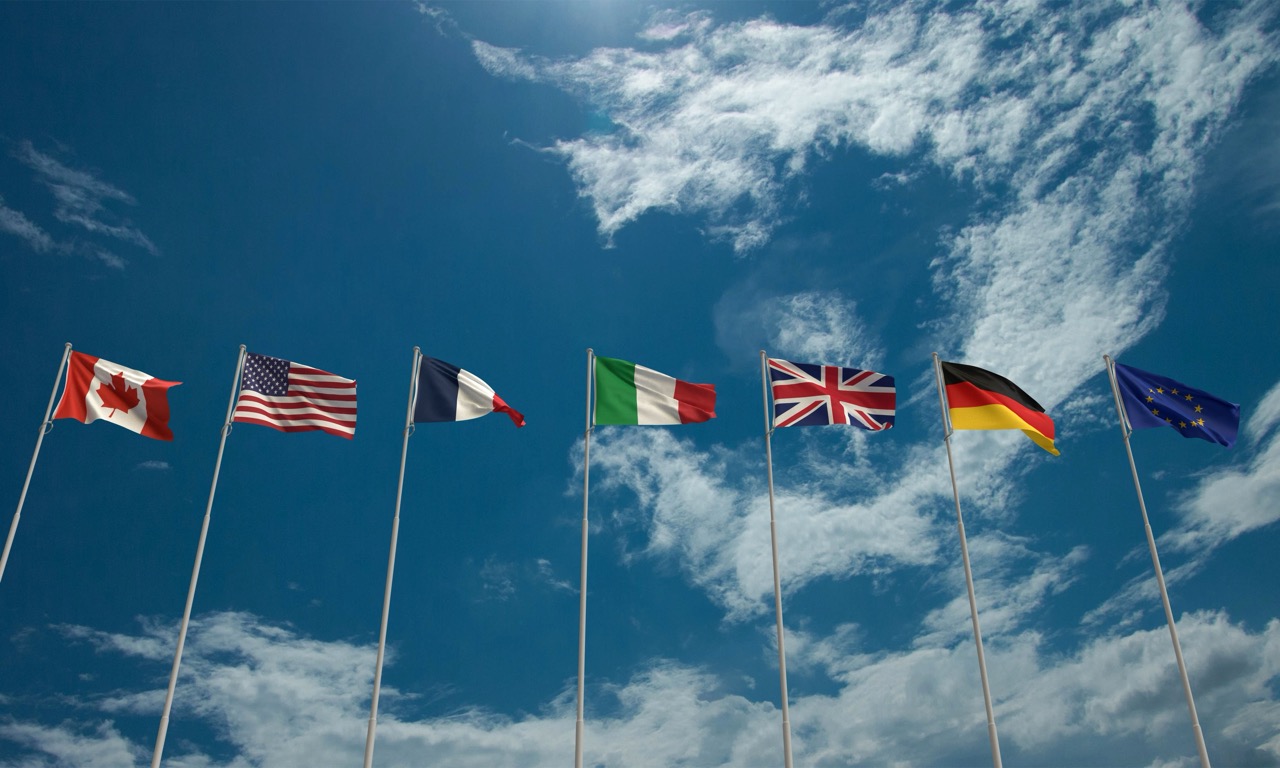Reaching zero hunger
The pandemic has exacerbated the world’s hunger crisis, exposing the frailty of the food system and meaning even more people are suffering needlessly
One key outcome of the G20 foreign affairs and development ministers’ meeting in June was the Matera Declaration on Food Security, Nutrition and Food Systems. As world leaders gather for the G20 summit in Rome, all of us working to eradicate global hunger now look to the richest countries to translate their commitments into action.
At Matera, it was encouraging to see a genuine desire to fuel progress. In my conversations with ministers, there was widespread recognition that further resources, both human and financial, were needed to bolster food security and strengthen global food systems in the wake of the COVID-19 pandemic.
The Rome Summit must be the moment when a programme is agreed that unlocks the significant investments required to revive prospects of fulfilling the global pledge to achieve Zero Hunger by 2030.
COVID-19 has painfully exposed the frailties of our food systems. Markets and supply chains have been profoundly disrupted. Prices for staples such as wheat and maize have risen sharply, exacerbated by currency depreciation and rising inflation. Many families have been unable to work and put food on the table due to lockdowns.
The result is an unprecedented global hunger crisis. The “2021 State of Food Security and Nutrition in the World” report confirms we have no prospect of achieving Zero Hunger by 2030 if we stay on our current trajectory. Up to 811 million people now go to bed hungry each night, a staggering rise of 161 million from last year’s total of 650 million. More people were plunged into chronic hunger in 2020 than in the previous five years combined.
Most worrisome of all, that does not include the 270 million people now living with severe hunger – up from 135 million before the pandemic. Nor does it count the 41 million children, women and men in 43 countries with famine knocking at their door.
The World Food Programme, together with our United Nations siblings, has the capabilities and expertise to respond, if we get the funding we need: around $6 billion in the short term.
But even as we go all out to avoid the iceberg heading straight towards us, we also need to invest in strengthening our global food systems if we are to stand any chance of reaching our ultimate destination of Zero Hunger.
Making a living from the ground
This is why the WFP works with smallholder farmers to bolster the systems that get food from field to fork. In developing countries, smallholders produce around 90% of the food, and agriculture employs up to two-thirds of the population. Yet many people can barely eke a living from the ground.
So we run post-harvest losses programmes, giving farmers storage facilities to ensure their crops do not spoil before they can be sold. We work with farmers’ cooperatives, helping them access the latest agricultural tools and techniques to grow food commercially.
And we use WFP’s own firepower as a major food buyer to grow local agricultural markets. In 2020, our spend on local and regional procurement of food reached $950 million and we bought nearly 1.9 million metric tons of commodities.
Our programmes provide broad support that bolsters local economies. In 2020, we gave consumers $2.1 billion of cash transfers to spend with local businesses.
But there is another, fundamental, investment we need to make – in the health and nutrition of the most vulnerable children.
Incentives to stay in school
WFP is the world’s largest provider of school-feeding programmes, directly feeding more than 17 million children a year and supporting national programmes that reach a further 40 million annually.
These programmes provide a powerful incentive for the very poorest families to keep their children – especially their daughters – in school. Every $1 spent on school meals returns up to $10 in improved education, health and productivity. In the poorest countries it costs just 25 cents, per child, per meal. It is the smartest investment any government can make.
At the UN Food Systems Summit in September, WFP pledged to work with the School Meals Coalition, more than 60 governments committed to ensuring that every vulnerable child has a hot meal and a chance to learn.
The interventions that work
Those of us working to end hunger know which interventions work. With practical interventions – from supporting smallholder farmers to helping the poorest children stay in school – we are strengthening and reinforcing food systems fit for the 21st century.
But we all need to be much more ambitious in our efforts to reach those left behind – and willing to invest to bring the changes we all want. So when the leaders of the world’s richest countries gather in Rome for the 2021 G20 summit, I urge them to plant the seeds for more resilient, more sustainable food systems, truly capable of supporting every family on the planet. It is time to match words with deeds.












